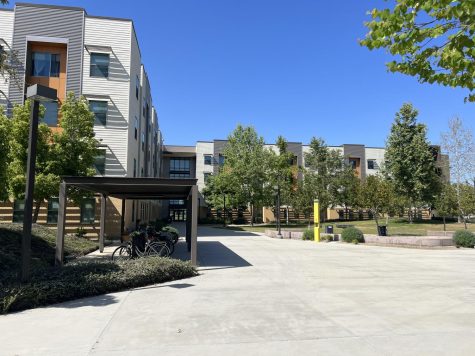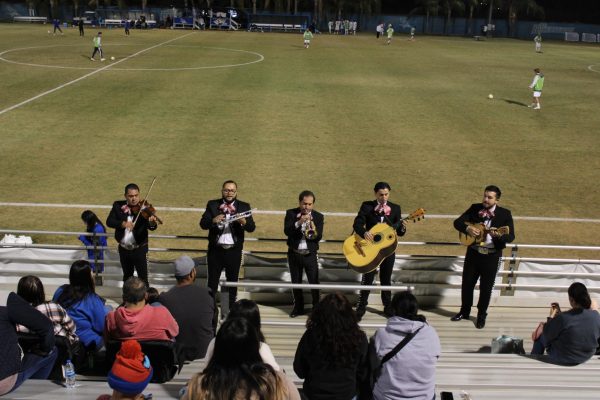Housing insecurities on campus leave students sleeping in cars
April 24, 2023

Photo by Brianna Fay / The Runner
Students at California State University, Bakersfield were left with no available housing coming back to campus for the Spring 2023 semester.
Concerns over housing insecurity at CSUB were frequently brought up during the Chancellor Search Open Forum on Feb. 8, 2023, where students, faculty, and members of student leadership had the opportunity to bring attention to critical issues within the university campus.
During this event, it was brought to Interim Chancellor Jolene Koester that due to a lack of housing resources, some students at CSUB are unhoused. With no family or friends to lend assistance, some of these students are even living out of their own cars.
Marty Williamson, the chief of police for the University Police Department, assured that students sleeping in their cars was not a criminal issue. In the event that a student is found sleeping in their car, they would be directed to one of the support teams on campus such as the Caring Advocates Responsive Engagement Program said Williamson.
Williamson said the CARE program takes a “multi-disciplinary approach providing the students with the resources to be successful.”
Jada Cantrell, CARE case manager, informed that there are no exact statistics of how many students are sleeping in their cars.
“Particularly over break times like holiday breaks, so winter break for example, and times when campus is closed, that’s when you see that a little bit more,” said Cantrell.
Jason Watkins, the director of basic needs and psychology professor, echoed Cantrell.
“What we do know is that in a system-wide study approximately 10% of our students are either homeless or at risk of homelessness,” said Watkins.
Maria Espinoza, executive vice president of Associated Students Inc. said she attended the Chancellor Open Forum and heard these concerns as well. Espinoza said she learned more about food and housing insecurity through ambassador training given by Watkins.
Espinoza desires to see students’ needs being met. “I would like to see more sponsorships within the community, more collaborations, to see if there are more programs we can get students in,” said Espinoza.
Cantrell defined the CARE Program as a wrap-around care service. “Usually when a student is experiencing a concern of any kind it is usually nuanced and layered. Sometimes there’s more than one thing happening at a time,” said Cantrell.
Cantrell explained how CARE works with other programs on campus to assist students with more than one central issue.
“Addressing student housing and homelessness is at the forefront of the chancellor’s office,” said Watkins. With advocation for more basic needs funding, the legislature provided money to the chancellor’s office, which was distributed to the individual campuses. Up until two years ago, there was no budget for basic needs.
“Beginning in the fall of 2022 into 2023 funding was provided to campuses to address housing solutions for students on and off campus,” said Watkins.
Watkins explained that since the Chancellor Open Forum, nothing has come from that.

However, there are things already happening that students are often unaware of.
The CARE team is currently discussing new ways to help students facing housing instability.
“Some students are either not eligible or not a good fit for student housing,” said Cantrell. According to Cantrell, students not eligible for housing are those with children or pets.
“One of the things we’ve discussed was hotel stays…if the student needs just a short amount of time to get back on their feet,” said Cantrell.
Also mentioned in the Chancellor Forum, 30-day emergency housing is still available to students as well.

“First and foremost, we check in with the student and see what their needs are,” said Watkins. “Once they move in, they have 30 days at no charge, and they get a small meal plan with that and throughout that time Jada, our case manager, is working with them to see if they want to be a full-time resident or to look at other solutions.”
Watkins said they are actively spreading information about student resources in the community through emails and social media.






